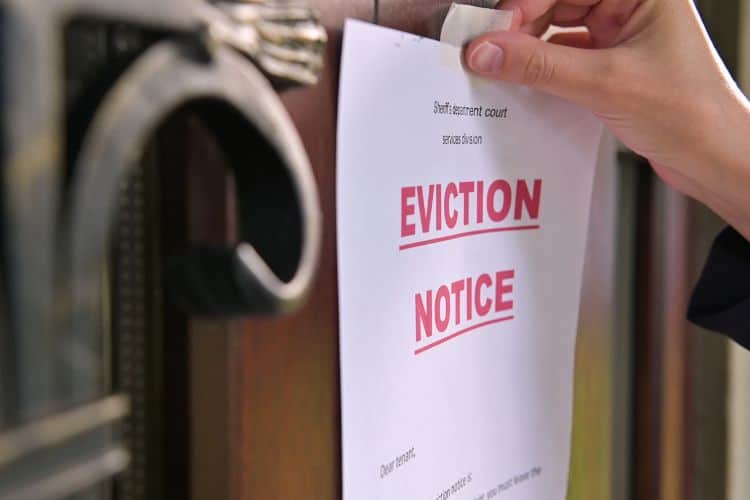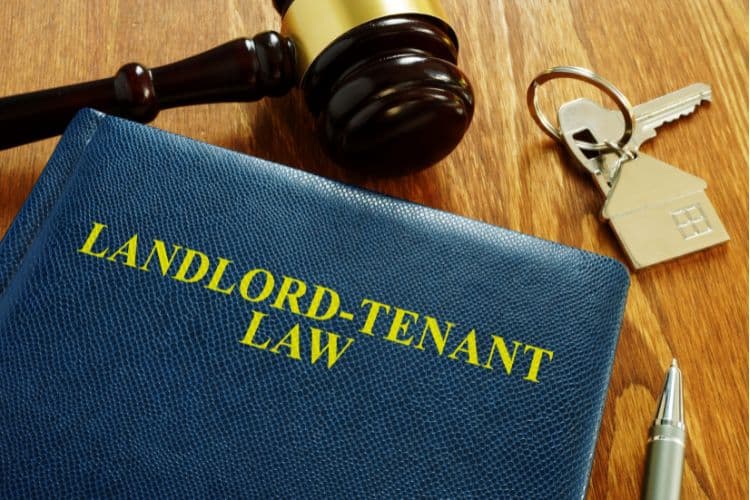Are you worried that your lease may end abruptly without the right heads-up from your landlord? If that’s the case, you’ve come to the right place.
Understanding lease agreements in Australia can be a bit like decoding a puzzle, especially when it comes to figuring out how it ends and the notice of intention you should receive.
Imagine this as your lease roadmap—a contract between you and your landlord. It lays down the rules, payment details, and, most importantly, the steps for wrapping things up. If you’re feeling uneasy about whether you’ll get a proper warning before your lease ends, it’s essential to know what to expect.
Let’s dive into the ins and outs of Australian lease agreements together. We’ll break down the different ways leases can end, how much notice you should get, and why seeking advice can be a game-changer.
Understanding Lease Agreements in Terms of Termination
Property Management in the Gold Coast plays a pivotal role in lease agreements, dictating the terms under which tenancies function. In Australia, these agreements generally fall into two categories:
- Fixed-term agreements are binding for a specified period, typically lasting six or twelve months. This type of agreement offers stability and a fixed rental rate for both the tenant and landlord.
- Periodic agreements, on the other hand, operate on a rolling basis without a defined end date. These agreements automatically renew, offering flexibility but with the possibility of rent increases.
Several essential components in lease agreements may lead to termination, influencing the relationship between tenants and landlords:
These include:
- Terms and Conditions: Clear stipulations of responsibilities and limitations.
- Rental Payment Details: Specifies the amount, due date, and accepted modes of payment.
- Responsibilities of Both Parties: Duties concerning maintenance, repairs, and property care.
Understanding these elements is crucial as they lay the foundation for the tenancy and can be influential in potential termination scenarios.
Whether you signed a fixed-term agreement providing security or a periodic agreement offering flexibility, knowing the specifics empowers both landlords and tenants to navigate the lease process effectively.
Notice Periods and Termination

When it comes to Australian lease agreements, the timelines for notice periods are crucial, particularly in the Gold Coast property management landscape.
Generally, for periodic agreements, a 30-day notice of intention is common. However, for fixed-term agreements, the notice period could be longer, usually 30, 60, or 90 days notice, depending on the agreement’s terms and state or territory laws.
It’s essential to refer to the specific lease agreement, local tenancy laws, and regulations for accurate information regarding notice periods in a particular situation.
These timelines significantly influence the conclusion of tenancies, holding pivotal importance for both tenants and landlords.
Whether it’s a fixed-term or periodic agreement, tenants and landlords must comprehend and adhere to the stipulated time frames.
Moving on, various types of termination notices serve distinct purposes. For example, a domestic violence termination notice of intention prioritises the safety and protection of vulnerable tenants.
Here’s a quick look at the different types of notices you may encounter:
- Domestic Violence Termination Notice: This allows a tenant to end a tenancy swiftly due to experiencing domestic violence.
- Breach of Duty Notice: It signifies a breach of the tenancy agreement by the tenant or landlord. This notice highlights the violation of terms and conditions, allowing the party to rectify the breach within a specified timeframe.
- Non-payment of Rent Notice: This is served when a tenant has failed to pay rent within the stipulated period. It outlines the overdue fees and provides a window for payment before further action.
- End of Fixed-Term Tenancy Notice: Landlords and tenants can use this notice to indicate the termination of a fixed-term lease at its conclusion.
- Periodic Agreement Termination Notice: It signifies the end of a periodic tenancy, typically requiring either party to give a specific notice period.
- Breach Notice (Non-compliance): It indicates a violation of specific laws or regulations. This notice specifies the breach and may request corrective action within a specified timeframe.
- Abandonment Termination Notice: Used when the tenant has abandoned the property, this notice serves as a precursor to regaining possession of the premises.
- Notice to Vacate: This notice, issued by either party, indicates the intent to vacate the property. It could be for various reasons, including the landlord’s decision to sell the property or the tenant’s desire to move out.
Each notice of intention holds distinct significance within the tenancy landscape, serving specific purposes and adhering to legal guidelines and procedures.
Issuing a termination notice involves strict adherence to rules and meticulous documentation. Using the correct forms and following the prescribed methods is crucial.
That’s because failure to comply can invalidate the notice, prolonging the tenancy and causing unnecessary complications.
Responding to Termination Notices and Consideration of Insurance for Strata Units
Upon receiving a termination notice, tenants may experience anxiety and uncertainty regarding their housing situation. However, renters facing such notices have recourse and can act in response.

Responsibilities of Tenants and Property Owners
Tenants should review the received notice thoroughly, paying close attention to the reason cited for the termination. If it’s due to a breach, you should assess whether you violated any terms and take steps to rectify the situation if possible.
Yet, when the termination notice is unwarranted or incorrect, you may have to seek legal advice.
As for landlords or property managers, they must ensure the termination notice complies with tenancy laws. It should accurately cite the reasons for termination and provide the required notice period, giving tenants ample time to respond or vacate the property legally.
Understanding Insurance for Strata Units and Its Role in Notice Periods
Landlord insurance for strata units is a policy that safeguards property owners against potential risks associated with renting out units within a strata scheme.
It often covers events like damage caused by tenants, loss of rental income due to default, or unexpected legal expenses arising from tenancy disputes.
Regarding notice periods, having adequate insurance coverage for strata units can influence the property owner’s decision-making.
For instance, in cases where a tenant defaults on rent payments or breaches the tenancy agreement, having insurance coverage can mitigate financial losses for the landlord and potentially affect the notice period before eviction proceedings commence.
Wrapping Up
Understanding lease agreements and the associated termination procedures is vital for both tenants and property owners. While minimum notice periods exist, typically 30 to 90 days, varying circumstances may influence the need for notice at the end of a tenancy.
Seeking legal advice and comprehending the intricacies of termination notices empowers individuals to navigate lease agreements with confidence and assurance.

